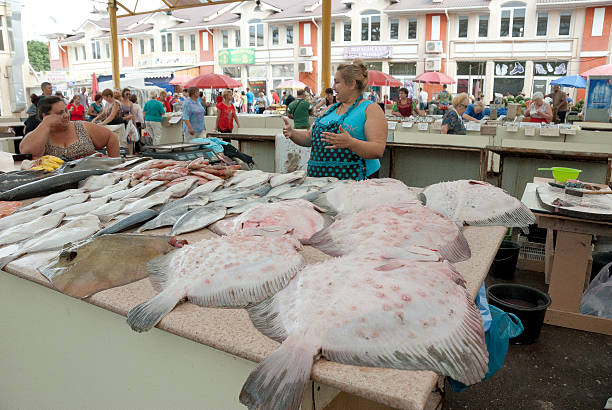A sole trader has employment income.
What happens if I also have earnings from employment or dividends?
If you are employed, your employer would have deducted the tax for your earning. Also, when you have other income from a side hazel, you must register yourself as self-employed and declare that in your annual return.
The employer will provide you with the P60, and then you check the tax you have already paid through your employment and include that in your tax return for the same year. Then HMRC will calculate your tax and the national insurance for that year.
When you receive dividends, you should include these on your self-assessment returns.
How is my profit reported to HMRC, and how do I pay?
The profits you earn from your business will go into your annual tax return, and when you complete working on your return, the figure for your liability comes up on your tax return which you have to pay before 31st January each year. You will receive a penalty notice if you fail to make that payment.
Your profits are reported to HMRC each tax year via your tax returns.
HMRC ensures making tax payments without any problem; that is the reason if your tax bill is more than £1000, they expect you to make a payment on account. Must complete two payments by 31st January; the second payment is due on or before 31st July each year.

If you believe you won’t have as much sole trade profit in the next tax year, you should speak to HMRC, and you may be able to reduce your Payment on Account to HMRC.
Even though things are slightly simpler for a sole trader than for a limited company, you might still find it’s easier to use online accounting software to keep track of all this and prepare and file your Self-Assessment.
When to inform HMRC about your small income from your side hustle?
If you receive income not taxed, inform them as soon as possible. Calculating the Tax & NI through your self-assessment submissions would be best.
To summarise:
- Tax years run from 6th April to 5th April each year.
- You must register for Self-Assessment by the 5th of October after the end of the relevant tax year where you had any sole trade income.
- You have to file your Self-Assessment and pay any tax due by 31st January after the end of the tax year; it applies to
- You have to make a payment on account by 31st July.
Suppose your sole trader profits don’t exceed £6,365. Do you still pay any National Insurance (NI) on your exclusive trader profit, or if I have understood correctly, there is no NI to take off this portion in that situation?
As mentioned above, you must register as self-employed and complete an annual Self-Assessment; HMRC will then let you know what Income Tax and National Insurance you need to pay.
If your sole trader profits are below the Small Profits Threshold (£8,365 in 2019/20), then you will not pay any self-employed NI.

Class 2 was part of the yearly Self-Assessment as HMRC eliminated the monthly DD (or quarterly/half-yearly).
Class 2 National Insurance is calculated weekly but paid as part of your annual Self-Assessment – you do not need to set up a monthly Direct Debit to pay Class 2 NI contributions separately.
If you are completing a Self-Assessment to declare additional income from a rental property, are you classed the same as a sole trader with the other NI class or not?
No, if you are only declaring rental income, this is not classed as sole trader income, so you will not pay self-employed National Insurance on this income.

